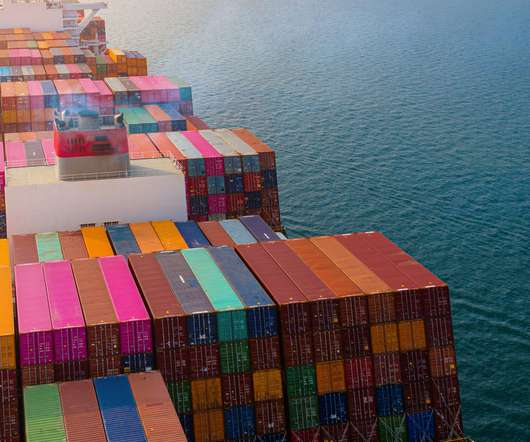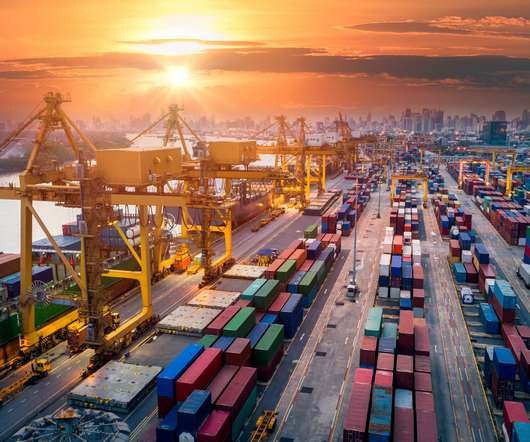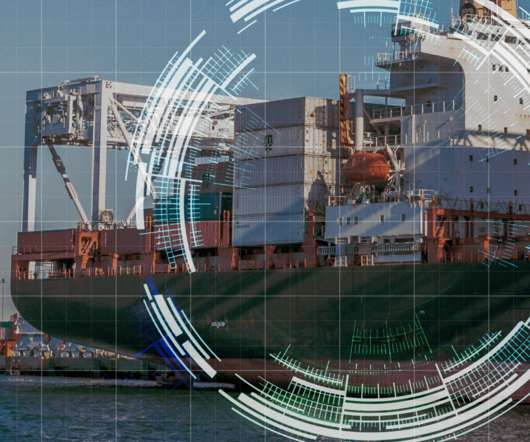COVID-19 accelerates four trends and changes within global supply chains
Proxima
AUGUST 3, 2020
Whether warehousing, automation, freight, retail or e-commerce, business leaders needed to evaluate and address many or all in order to maintain their supply chains and keep up with the demand, which in turn, was drastically altered by the pandemic. Growth of automation. The returns market is here to stay and it’s only going to grow.
















Let's personalize your content